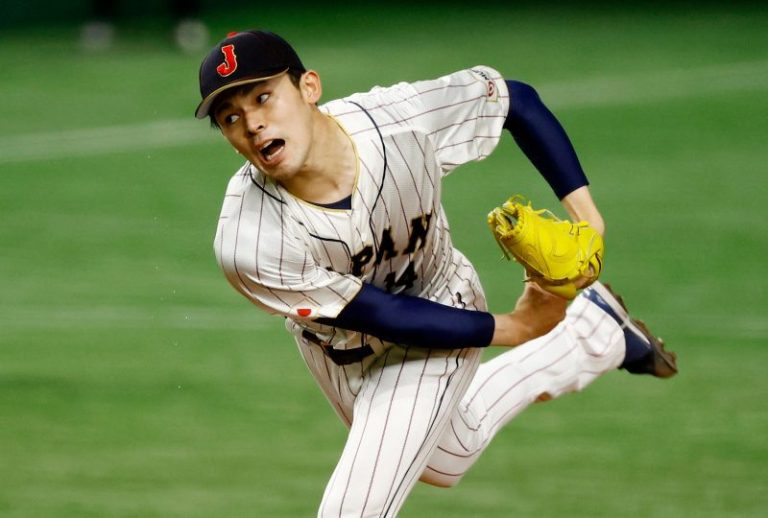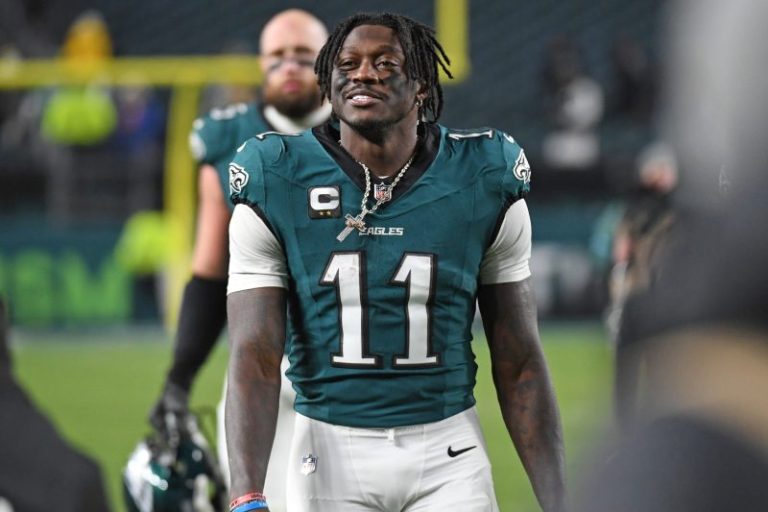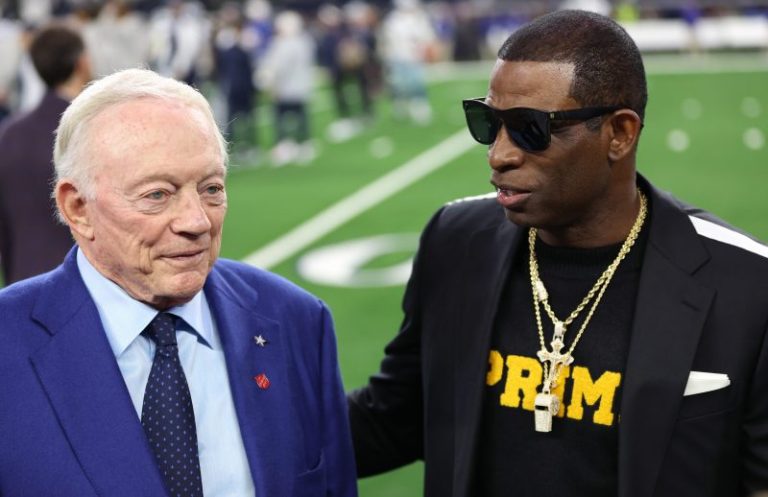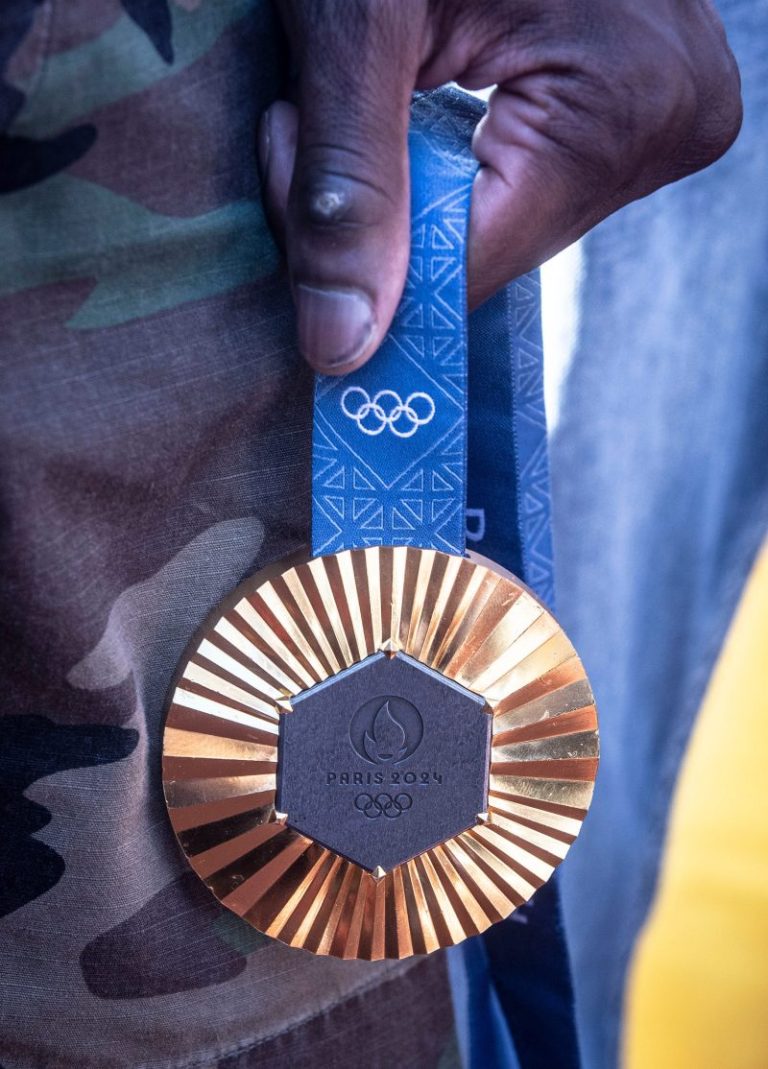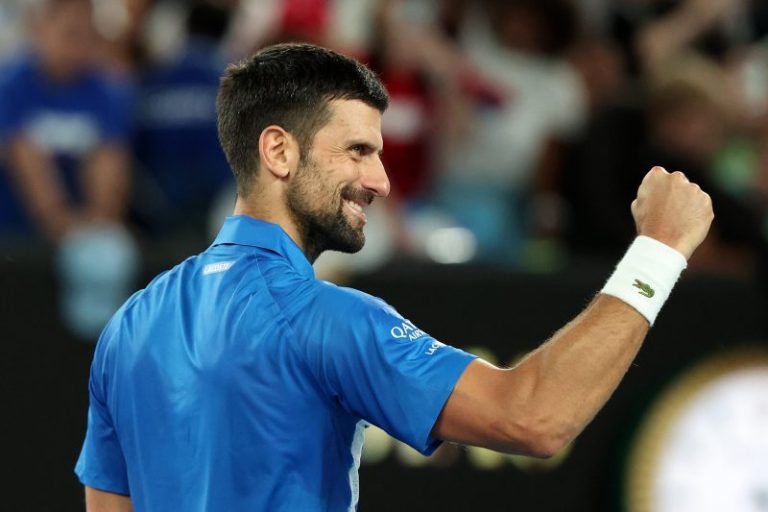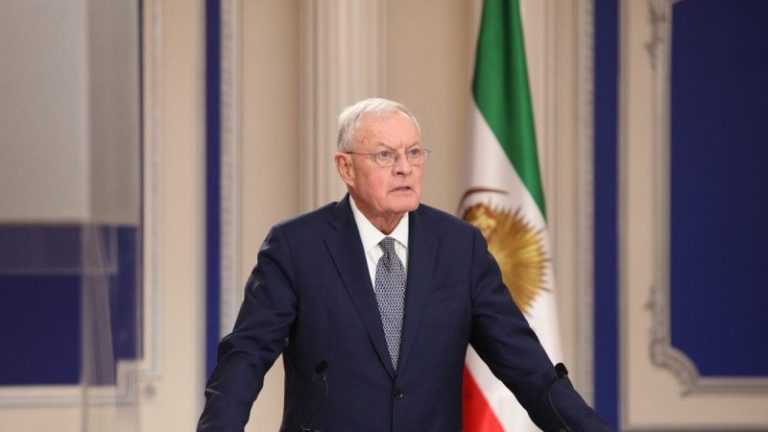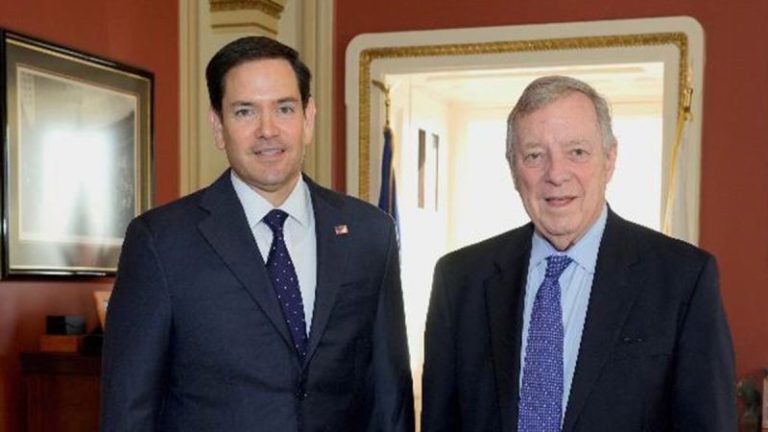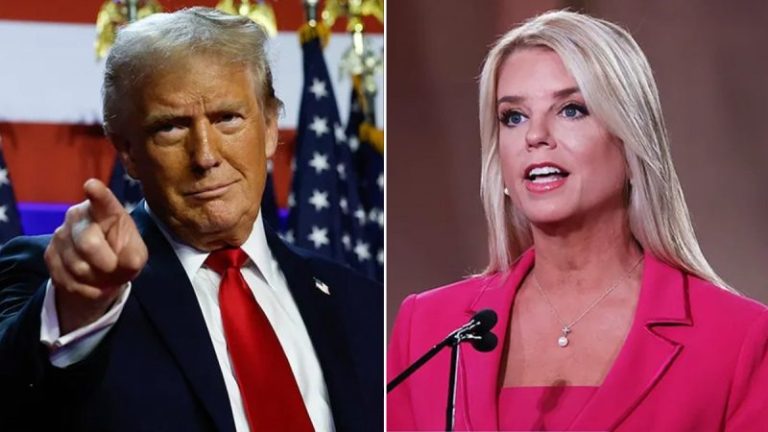The NFL’s 2024 postseason field has been winnowed by nearly half following the conclusion of a highly unsatisfying wild-card round – five of the six contests decided by at least a 12-point margin.
Hopefully the quality of the games improves in the divisional round, which often unfolds as the most entertaining cluster of matchups on the NFL calendar. At minimum, it will feature what are theoretically the league’s two best teams, the Chiefs and Lions both returning to action following their hard-earned bye weeks. Sunday evening will showcase Lamar Jackson and Josh Allen, arguably the league’s two best players and the presumptive MVP finalists, in the weekend’s capstone pièce de résistance.
We’ve ranked the eight teams that still have a chance to play on Super Sunday, from worst to best, in terms of their championship viability, aka playoff power rankings (previous rank in parentheses):
8. Houston Texans (12)
A team that so frequently played to its level of competition this season – and sometimes decidedly failed to manage that – more than met the moment Saturday against the turnover-prone Los Angeles Chargers. But now the Texans not only have to overcome the rested, top-seeded Chiefs at Arrowhead, they have to overcome their own underwhelming playoff history. Houston is 0-5 all time in the divisional round (the losses by an average of 16.4 points) and 0-5 on the road in postseason.
NFL STATS CENTRAL: The latest NFL scores, schedules, odds, stats and more.
7. Washington Commanders (11)
We noted last week that no rookie quarterback has ever taken his team to the Super Bowl, and Bo Nix’s Denver Broncos are already making tee times and resort reservations. But Jayden Daniels continues to perform beyond his years, the presumed Offensive Rookie of the Year coolly leading Washington to its first postseason win in nearly two decades. Yet it’s still worth wondering if he has enough help on either side of the ball to keep pace with the hungry Lions in their den, where they’ve scored 40+ points four times and exceeded 30 two other times at Ford Field this season.
6. Los Angeles Rams (7)
The offense was efficient in Monday night’s victory over the 14-win Minnesota Vikings. But a youthful defense was truly exceptional (9 sacks, 2 takeaways – one returned for a TD). It will have to show up again in Lincoln Financial Field’s far more hostile and frosty environs for the Rams to advance past the Eagles. It’s also worth wondering how long a team that’s been at least fueled in part by playing for its wildfire-ravaged city and been the recipient of the goodwill of the division-rival Arizona Cardinals can maintain its focus and motivation given the ongoing distractions in the everyday lives of the players, coaches and staff.
5. Buffalo Bills (5)
The Ravens are a serious obstacle in their path to Super Bowl 59. The Bills are 9-0 at Highmark Stadium, but they’ve also been getting off to slow starts for the past month – averaging fewer than 10 first-half points in their past four games. No matter how good Allen is and has been, that could be lethal against a Baltimore squad that’s been scoring just about at will over that same stretch.
All NFL news on and off the field. Sign up for USA TODAY’s 4th and Monday newsletter.
4. Baltimore Ravens (3)
The Bills are a serious obstacle in their path to Super Bowl 59, too. As noted previously, the Ravens have averaged 32.6 points in the five games since their Week 14 bye, though the 28 Baltimore posted in Saturday’s wild-card win against Pittsburgh was the fewest during that period. Yet if the defense continues to allow just 11.4 points on a weekly basis, scoring 28 will be more than sufficient. Bad Buffalo weather could be an equalizer, QB Lamar Jackson engineering three points in his only other postseason appearance in Western New York four years ago, when freezing temperatures and gusty winds neutralized the Ravens offense.
3. Philadelphia Eagles (4)
Their wild-card win wasn’t exactly akin to a preseason affair. But the Philly offense looked rusty – the Eagles sat key starters in Week 18, and QB Jalen Hurts was playing for the first time since suffering a concussion three weeks previously – which wasn’t really that big a deal given all the mistakes the Green Bay Packers made and the body count claimed by a voracious injury bug. The Eagles defense was dialed in Sunday, and it seems likely Hurts and Co. will be, too, given the team-wide acknowledgement that they didn’t live up to their capabilities.
2. Detroit Lions (2)
Given how hard they always play – even when nothing is explicitly at stake, which was the case in their Week 17 game at San Francisco – the week off had to be a huge benefit for a team that needed to chill and whet its appetite for more kneecaps. The down time also apparently means RB David Montgomery (knee) will rejoin an offense already oversaturated with ability, options and schematic variance. One X-factor will be the ability of an undermanned defense to handle Daniels, one of the few multi-dimensional quarterbacks Detroit has faced this season … and remember what Allen did to the Lions in Buffalo’s 48-42 win at Detroit last month.
1. Kansas City Chiefs (1)
There’s suddenly a Golden Raye of hope here. On to the football. Andy Reid, Patrick Mahomes and Co. have basically had the luxury of working unfettered in the playoff laboratory since Christmas. The team’s core players are refreshed (older ones like TE Travis Kelce and DT Chris Jones needed to be) as the elimination phase of their unprecedented Super Bowl three-peat bid arrives. And, some due respect to the Texans – they’ve lost four straight to the Chiefs since last beating them in 2019 – but K.C. is 6-0 in the divisional round since Mahomes was promoted to QB1 in 2018. That aside, despite unfailingly being in playoff mode when required, Reid’s team also raises the intensity level multiple levels in January. Game on.
***


